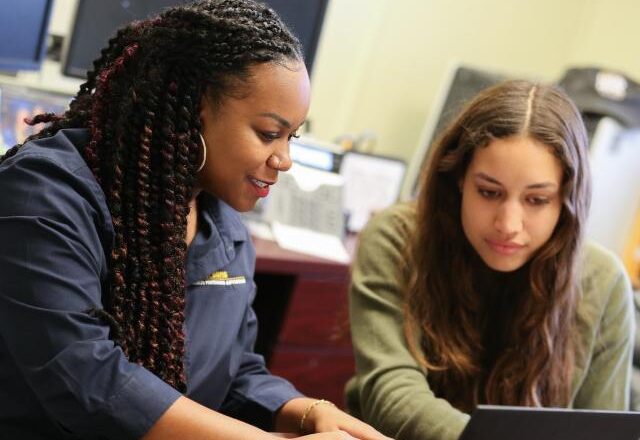Suddenly in the parents’
And suddenly the pharmacy is full of parents who need treatment for lice with absolute urgency, for some it seems like a matter of life or death, others buy just to prevent and we all start to bite the head just to think of those firápteros wandering around our scalp, becoming blind with our blood, practicing sex with these insects clinging to our hair and leaving there stuck the fruit of their friction, in the form of nits. In short, following to the foot of the letter the maxim of nature so well.
The truth is that the cursed louse is a curious bug. Much older than us.
Know your enemy
It is an undesirable host that has adapted to its environment; they affect all birds and mammals except some rare bug such as our admired platypus and his colleagues the echidnas; some hedgehogs from our antipodes that have in common with the platypus the honour of being the only mammals that lay eggs.
This study from the University of Illinois shows that they already stuck to the hair of dinosaurs 65 million years ago and in us it seems that they have always nested, nits have appeared in mummies and archaeological remains from all over the world, so that blaming so-and-so (that child of the class that comes from a more marginal environment, for example) in addition to a sovereign nonsense is a sample of the worst classism that survives in our society.
Let’s put the point on some “i” leaving here written these seven things, and some more, that we should all know about lice:
Types of lice:
There are about 3000 different species of lice, because they are specifically adapted to each host they parasitize.
Humans can suffer the effects of three of these species that live by and for us; the head louse, the body louse and the pubic louse or crab.
Animals have their own species of lice and except with some primates our primates are not compatible. Unless you have a monkey for a pet, it is impossible for contagion to come from contact with any other animal.
All that we are going to tell next refers to the head louse.
Lice life cycle:
The louse has a life cycle of 45-50 days; the first ten are spent in the form of egg (nit), the egg hatches and a nymph (immature louse) that takes another ten days to become the adult louse.
Their adult life is quite boring, females have sex only once, in the group of males there will be more and less fortunate, there will be the typical chulitoalfa louse, which takes them off the street and others who do not even come close. With only one copulation, the female has enough to lay nits for the rest of her life.
Her day to day consists of being there clinging to the hair and from time to time to go down to the scalp to suck our blood.
Without us hosting them and giving them our blood they clap their hands in 24/48 hours.

Mobility:
Neither fly nor jump, lice run through our hair at a speed of about 30 cms. per minute, so children catch them more often to put their heads together while playing or watching anything, this takes us to the room apart …
Transmission
Lice are also spread when we share combs or brushes, caps, rubbers or glasses. Also when we put our heads together to make a selfie. We have to make it easy for them to go from one person to another.
Your preferences:
As it is a question of knowing our enemy we must know that they especially like the clean and smooth hair, that where they feel more comfortable is behind the ears and in the nape of the neck.
I have read that in the Middle Ages, in a city in Switzerland, the mayor was elected by putting a louse on a table on which the candidates spread their beards. So in that curious political system it was the louse who chose the mayor from among the local bearded men, since women were not allowed to extend their manes.
Treatments:
There are people whose scalp does not react to the bite and they do not notice them. That’s why we have a fundamental tool to know if there are lice or not, the lendrera.
The best thing is to spend it with wet hair because they move more slowly and we catch them better.
Once you know that there are lice in the Pharmacy we have two possibilities of treatment:
- the traditional one is with insecticide shampoos that contain pyrethrins, but lice are becoming resistant to these chemicals.
- which is why treatments with a kind of silicone called dimethicone are increasingly used, rather than asphyxiation.
Bearing in mind the life cycle of the louse, the treatment must always be repeated in order to put an end to those that were in the form of nits in the first pass.
Prevention
The best prevention measure is to pass the lendrera routinely, for example once a week, this will allow us to react in time because the greater the infestation the more it will cost us to eliminate them completely.
Let’s talk about aging skin although the issue of aging is always complicated in itself.
Many times we approach it as a problem when it is really more of an opportunity or a gift that life gives us. We could all have died earlier and when we reach a certain age we realize that occasions to do so we have already had some, and yet here we are; alive and kicking. Let’s celebrate that we have had a little luck.
But in addition to being alive we want to be well, and just as important, we want others to see us well, because it is largely through the image that others have of us that we build our own vision of ourselves.
To remain relatively young (it is not the same for a person of 50 than for a person of 80) seems to us now more important than ever, we dedicate to it our effort and our resources but perhaps with a bad habit we are throwing down all that effort; for that reason we want to offer you these seven advices, elementary conducts that can help you to protect your skin from the aging:



